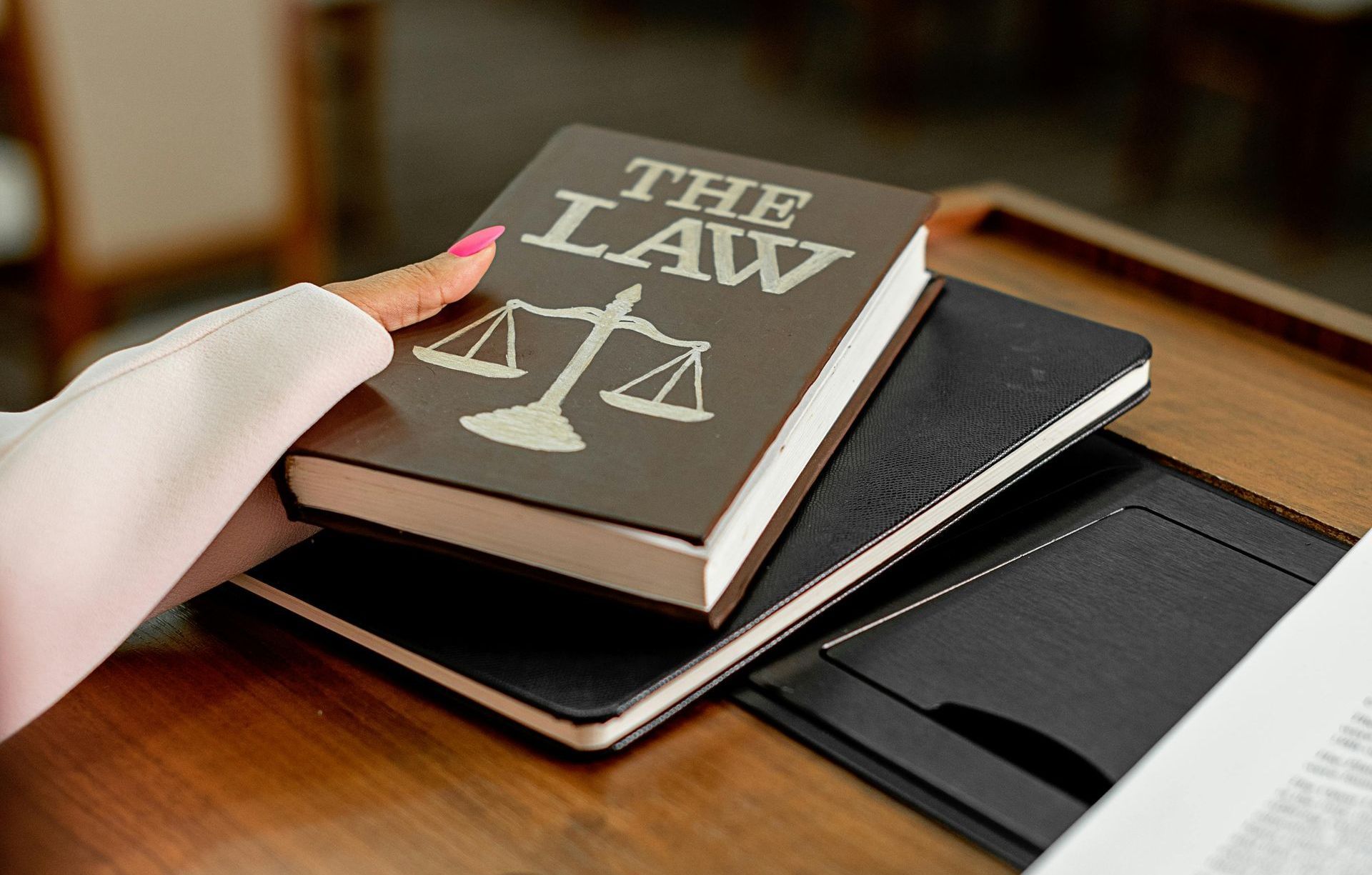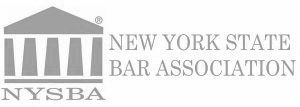Child Injured at School
When dealing with a child injured at school, parents often feel upset and want to know what their legal options might be. New York law recognizes that schools, educators and staff members must create a safe environment for all students in their care. School districts across the state are obligated to protect children from harm during the school day, after-school activities and field trips.
If your child suffered an injury because school staff failed to meet this duty, you may have grounds for a personal injury claim against the district. An experienced attorney can help determine if unsafe conditions, negligent supervision or other misconduct contributed to your kid's injuries.
The law practice of Gina DeCrescenzo brings extensive experience confronting school districts that failed to keep students safe. Our law firm understands the complex rules governing school liability. We fight to get families the compensation they deserve after preventable injuries occur. Here are some examples of the types of cases we commonly handle for our clients.
Playground Injuries
School playgrounds give students vital opportunities for exercise and social interaction, but they also present significant risks when equipment fails or supervision falls short. From aging swing sets to broken climbing structures, defective playground equipment ranks among the leading causes of student injuries during recess and free periods. The consequences of playground accidents can be severe, from broken bones and concussions to more serious trauma requiring long-term medical care.
Basic safety measures can prevent many common playground accidents. Schools need to install proper ground cushioning under swings and climbing equipment, maintain safe distances between play structures and regularly inspect all equipment for wear and tear. Potential playground hazards include:
- Missing or compromised safety rails
- Rotten wood components
- Insufficient fall zones
- Sharp edges from nails, screws, wood and metal corners
- Age-inappropriate equipment
- Entanglement risks
- Use during bad weather
Even well-maintained playgrounds demand proper oversight from trained staff members who understand playground safety protocols. Teachers and aides must actively monitor student behavior, prevent dangerous horseplay and respond quickly if accidents occur. When schools assign too few supervisors or fail to train them properly, serious injuries become much more likely.
School Bus Accidents
Transportation accidents rank among the most dangerous threats to student safety. While buses remain statistically safer than other vehicles, crashes still occur when drivers act carelessly, follow too closely or fail to adjust their speed for weather conditions. Even a low-speed collision can harm students who get thrown from their seats.
Students with disabilities face additional risks when transportation drivers and support staff members neglect proper safety protocols. Bus drivers and aides must secure wheelchairs correctly, help students with mobility issues and ensure all adaptive equipment stays firmly in place throughout the ride. Skipping these critical steps puts vulnerable children at serious risk.
Regular maintenance keeps buses running safely, but some districts cut corners on repairs to save money. Buses may have numerous problems, such as:
- Worn brake pads and rotors
- Balding tires
- Loose seat mounts
- Faulty emergency exits
- Malfunctioning doors
When mechanical failures cause accidents, the district and any negligent maintenance contractors may be legally liable.
Violence between students also poses a major threat during bus rides. Districts must train drivers and monitors to watch student behavior, stop conflicts before they escalate and call for help when needed. Note that a single bus driver watching the road cannot adequately supervise dozens of students without additional support staff on longer routes.
Unsafe Facilities
Deteriorating school buildings create countless opportunities for student injuries. Crumbling stairs, loose handrails, damaged sidewalks and uneven flooring pose hazards as children travel to and between classes. Winter weather demands quick responses from facilities staff, too. Schools must clear snow and ice promptly from walkways, steps and building entrances. Using adequate salt or sand prevents dangerous slip-and-fall incidents.
Even temporary hazards need immediate attention. Loose electrical cords stretched across rooms and improperly stored maintenance supplies create unnecessary dangers. Staff should identify these risks and keep students away from them.
Assaults and Bullying
Schools must create an environment where every student is safe from violence and harassment. When districts ignore warning signs of conflict or fail to stop known bullying, the consequences can devastate young lives. Assaults and bullying may leave victims with:
- Physical injuries
- Emotional trauma
- Pain and suffering
- Reduced enjoyment of life
Many schools claim zero tolerance for fighting but respond inconsistently when incidents occur. Staff might dismiss early signs of trouble as normal conflict. Also, schools may delay intervention until situations turn violent. A hands-off approach enables aggressive students to continue targeting peers without consequences.
Hazing remains a persistent threat, especially in athletics and student organizations. Despite strict policies against such behavior, some coaches and advisors turn a blind eye to dangerous group rituals. Their failure to protect new team members or club participants may lead to injuries.
Sexual misconduct demands swift action whether perpetrated by staff or students. Schools must thoroughly investigate all reports, separate accused abusers from potential victims and contact law enforcement when appropriate. Districts that minimize such allegations or attempt to handle them internally put students at continued risk.
Written anti-bullying policies mean nothing without consistent enforcement. Teachers need proper training to recognize warning signs, document incidents correctly and follow established intervention protocols. When schools skip these essential steps, bullied students suffer needlessly while their tormentors face no accountability for their actions.
Special Education-Related Injuries
Students with disabilities deserve the same safe learning environment as their peers. However, they often face unique risks, especially when schools disregard their needs. Physical restraints and seclusion rooms, while sometimes necessary for safety, can cause serious harm when staff members use these interventions improperly or without adequate training.
School districts must provide all accommodations listed in a student's Individualized Education Program or Behavior Intervention Plan. When staff members skip required safety procedures, ignore mobility assistance needs or fail to implement behavior supports, vulnerable students may suffer injuries. Even a child navigating a crowded hallway becomes dangerous without proper accommodations.
Negligent Supervision Injuries
Student supervision requires constant vigilance, yet some schools fail this basic duty of care. Tragedy can strike when staff members:
- Are distracted
- Take unauthorized breaks
- Overlook responsibilities
A moment of inattention might let a young child or one with disabilities walk away from campus or enter a restricted area.
Field trips create additional supervision challenges as students explore new environments. Teachers must maintain accurate headcounts, enforce the buddy system and assess potential hazards at each location. Without proper chaperones, even routine outings turn dangerous.
Sports-Related Injuries
Athletic activities demand especially close monitoring. Players need proper safety equipment, careful instruction and immediate response to injuries. Letting students practice without helmets, continue playing after concussions or use damaged equipment shows inexcusable disregard for safety protocols. Team staff members also need to be attentive to safety protocols when kids appear to be injured or unwell.
Even if your child doesn't participate in organized team activities, they may be at risk of sports-related injuries. Physical education classes expose kids to injury risks. Likewise, intramural activities can lead to injuries. School districts have the same duty to protect children in these environments as they do when kids are on playing fields or courts.
Food-Related Injuries
Food safety in schools requires strict attention to documented allergies and proper mealtime supervision. Cafeteria staff must check ingredient labels carefully and prevent cross-contamination that could trigger life-threatening reactions. Even trace amounts of peanuts, dairy or other allergens can send a sensitive student into anaphylactic shock.
Young children need watchful eyes during meals to prevent choking emergencies. Cafeteria monitors should ensure students eat slowly, sit properly and avoid roughhousing with food. A quick response to breathing difficulties makes the difference between a close call and a catastrophic outcome.
Exposure to Toxic Substances
Schoolchildren face potential exposure to toxic substances, especially in older buildings. Mold, asbestos, lead-based paint and polychlorinated biphenyls (PCBs) can cause serious respiratory issues and long-term health problems. Formaldehyde and other chemicals present in some aging building materials add to these risks. Science class introduces additional exposure hazards, such as chemical spills or improper handling of solvents and preservatives.
Poor ventilation can worsen these dangers. Regular inspections, HVAC upgrades, air quality monitoring and strict safety protocols in labs are crucial to keep students safe and reduce these risks.
Conclusion
Many types of school incidents can result in serious harm. When a district's negligence is to blame, legal action is warranted. Especially in New York, schools have a responsibility to protect students from foreseeable and preventable dangers.
If your child was hurt because a school failed to maintain a safe environment, act without delay. Keep records of the injury, including photos and written communication with the school. The sooner you take action, the stronger your case will be. Reach out to the law practice of Gina DeCrescenzo today to discuss how we can help you seek justice for your child.
Contact Us Today - How Can We Help?
We will get back to you as soon as possible.
Please try again later.
Contact Us - How Can We Help?
We will get back to you as soon as possible.
Please try again later.
COPYRIGHT © 2021 GINA DECRESCENZO, P.C.
THE INFORMATION CONTAINED IN THE GINA DECRESCENZO, P.C. WEB SITE IS PROVIDED FOR INFORMATIONAL PURPOSES ONLY, AND SHOULD NOT BE CONSTRUED AS LEGAL ADVICE ON ANY SUBJECT MATTER. NO RECIPIENTS OF CONTENT FROM THIS SITE, CLIENTS OR OTHERWISE, SHOULD ACT OR REFRAIN FROM ACTING ON THE BASIS OF ANY CONTENT INCLUDED IN THE SITE WITHOUT SEEKING THE APPROPRIATE LEGAL OR OTHER PROFESSIONAL ADVICE ON THE PARTICULAR FACTS AND CIRCUMSTANCES AT ISSUE FROM AN ATTORNEY LICENSED IN THE RECIPIENT'S STATE. THE CONTENT OF THIS WEB SITE CONTAINS GENERAL INFORMATION AND MAY NOT REFLECT CURRENT LEGAL DEVELOPMENTS. GINA DECRESCENZO, P.C. EXPRESSLY DISCLAIMS ALL LIABILITY IN RESPECT TO ACTIONS TAKEN OR NOT TAKEN BASED ON ANY OR ALL THE CONTENTS OF THIS SITE. ANY INFORMATION SENT TO GINA DECRESCENZO, P.C. VIA INTERNET E-MAIL OR THROUGH THE GINA DECRESCENZO, P.C. WEB SITE IS NOT SECURE AND IS DONE SO ON A NON-CONFIDENTIAL BASIS. THE TRANSMISSION OF THE GINA DECRESCENZO, P.C. SITE, IN PART OR IN WHOLE, AND/OR COMMUNICATION WITH GINA DECRESCENZO, P.C. VIA INTERNET E-MAIL THROUGH THIS SITE DOES NOT CONSTITUTE OR CREATE AN ATTORNEY-CLIENT RELATIONSHIP BETWEEN GINA DECRESCENZO, P.C. AND ANY RECIPIENTS. THE FIRM DOES NOT NECESSARILY ENDORSE, AND IS NOT RESPONSIBLE FOR, ANY THIRD-PARTY CONTENT THAT MAY BE ACCESSED THROUGH THIS WEB SITE.
ATTORNEY ADVERTISEMENT













